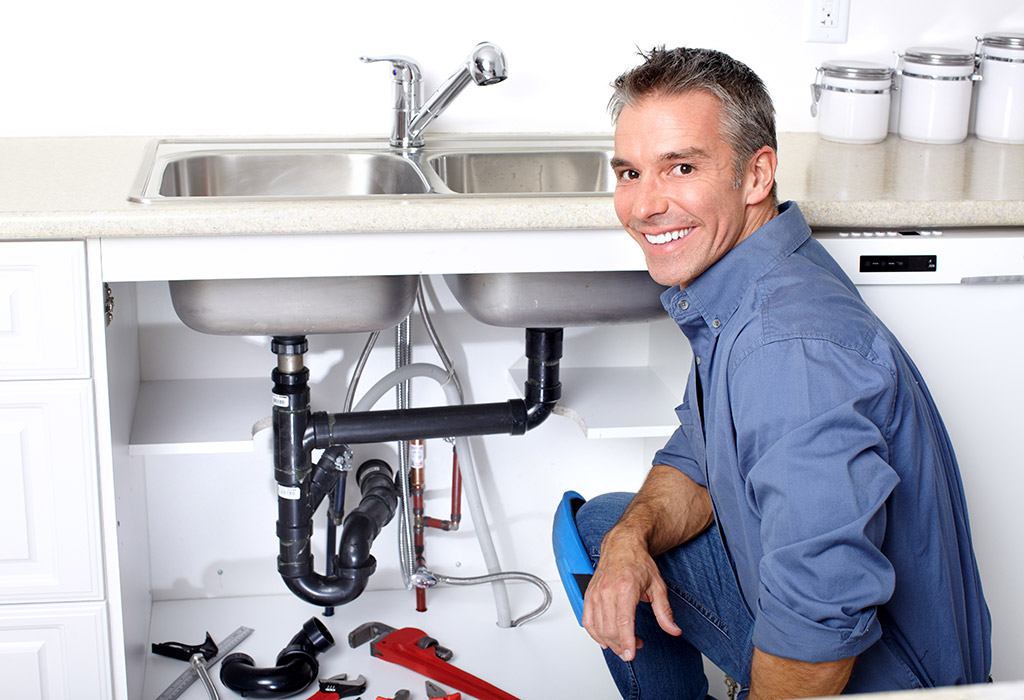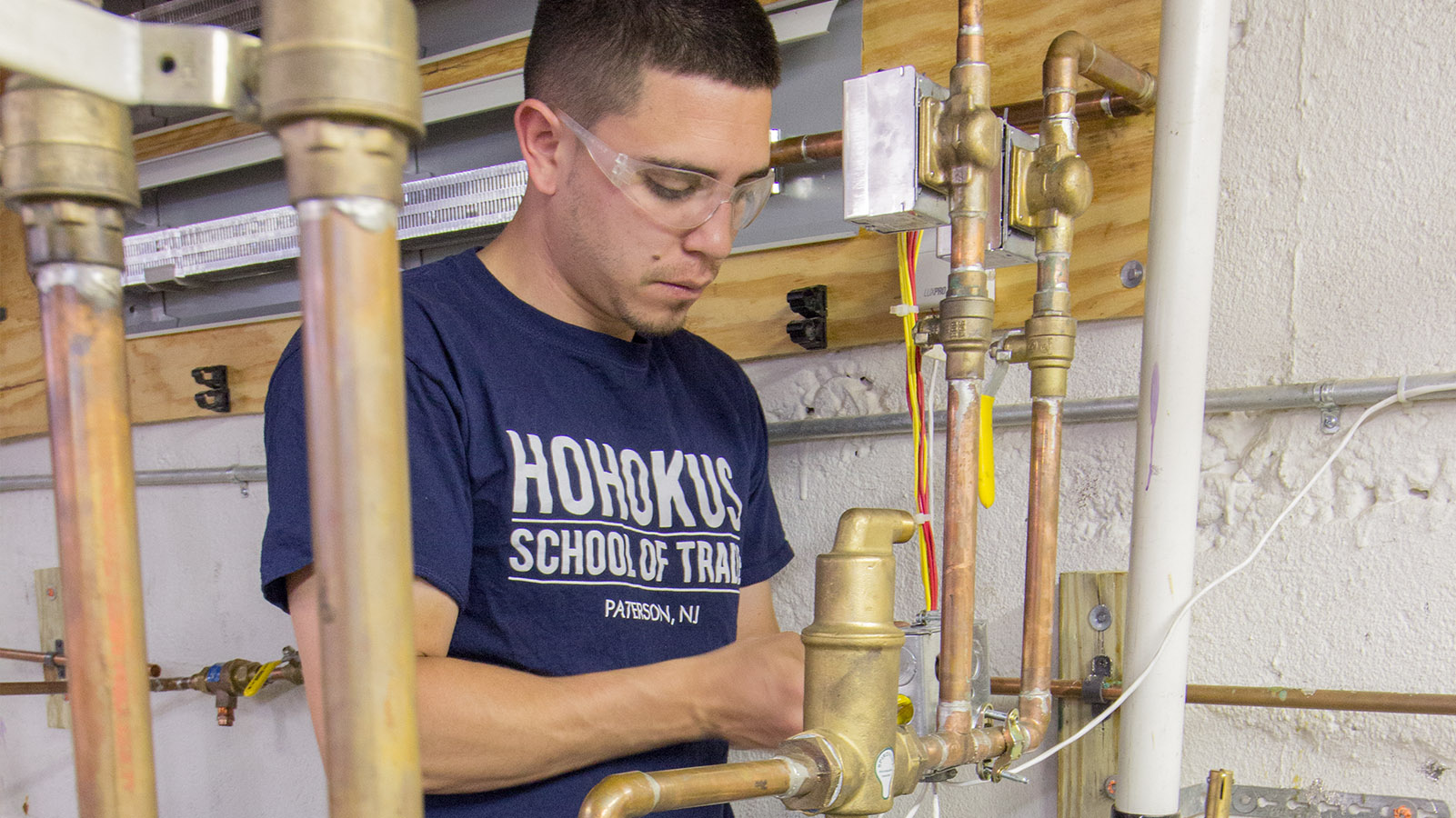Top-Rated Plumber Alabaster AL Ready to Serve You Anytime
Top-Rated Plumber Alabaster AL Ready to Serve You Anytime
Blog Article
A Detailed Guide to Reliable Hot Water Heater Setup for Ideal Efficiency
Getting started on the job of setting up a hot water heater is a venture that requires accuracy and a systematic method for attaining optimal efficiency. The procedure begins with the critical decision of selecting the ideal heating system tailored to the details requirements of your house, thinking about variables such as kind, energy, and size resource. When chosen, preparing the setup location to fulfill safety and security standards is vital. However, the trip does not finish right here. As you proceed, the details of connecting water system lines and establishing reliable electric or gas connections wait for, encouraging insights right into ensuring efficiency and integrity.
Selecting the Right Hot Water Heater

Following, think about the size and ability of the water heating system. It's crucial to assess your home's hot water demands, which can vary based on the number of residents and their usage patterns. A system that's also little may result in inadequate warm water, while an extra-large design may lead to unnecessary energy intake.
Efficiency scores additionally play a critical duty in selection. Seek hot water heater with high Power Variable (EF) scores, suggesting superior efficiency and reduced power usage. Tankless models, though generally more pricey in advance, offer considerable power cost savings with time because of their on-demand home heating capabilities.
Preparing the Setup Location
Before installing a brand-new water heating unit, thorough preparation of the setup area is crucial. It's important to measure the room meticulously to accommodate the water heating system's measurements, guaranteeing sufficient clearance around the unit for effective operation and maintenance.
Following, get rid of any debris, dust, or blockages from the site to produce a tidy setting. Examine the floor for security, as the water heating unit will need a strong, degree surface to operate successfully. If required, install a drip pan beneath the unit to catch prospective leakages or spills, avoiding water damage to the surrounding area. In areas prone to seismic activity, take into consideration setting up seismic straps to secure the heater securely in position.
Additionally, ensure that all necessary tools and materials get on hand prior to starting the setup. This includes items such as wrenches, screwdrivers, a level, and any type of additional equipment needed for placing and securing the heater. A well-prepared installment area establishes the foundation for a successful water heater configuration, enhancing efficiency and safety and security.
Connecting Water Lines
When linking water lines to your freshly set up hot water heater, it is vital to ensure that all links are safe and leak-free to keep efficient procedure and protect against water damages. Begin by identifying the cold and hot water system lines. The cold water inlet is usually marked with a blue tag or a "C", while the warm water electrical outlet is marked with a red tag or an "H".
Usage adaptable water heating unit ports to promote an easier installation process. These adapters can soak up vibration and enable small motion, lowering the danger of leakages. Prior to connecting the connectors, place a plumbing technician's tape around the threaded ends of the water heating unit's inlet and outlet pipelines - Water Heater installation Alabaster AL. This tape serves as a sealant, protecting against leaks. Carefully link the adaptable pipes to the respective inlet and outlet, guaranteeing that they are not over-tightened but limited, which could damage the threads.
Once connections are in place, slowly switch on the major water supply valve. Inspect each link for leaks by aesthetically feeling and checking for dampness. Tighten links as required, i was reading this and ensure the pressure safety valve is correctly installed, safeguarding versus excessive stress accumulation.
Establishing Electric or Gas Links
Correctly setting up the electric or gas links for your water heater is a critical step to make sure safe and reliable operation. For electric water heaters, begin by verifying that the electric circuit is compatible with the heater's voltage and amperage demands.
For gas hot water heater, safety is extremely important. Confirm that the gas supply is off before continuing. Attach the gas line to the hot water heater making use of a versatile gas port, ensuring it is effectively threaded and secured with pipe joint compound or Teflon tape suitable for gas connections. Tighten the connections with a wrench, taking care not to over-tighten (Plumbing Services Alabaster AL).
As soon as links are made, evaluate for any kind of potential leakages. For gas lines, apply a soapy water remedy to the joints; bubbles indicate a leakage. For electric connections, confirm that all wiring is protected and correctly insulated, maintaining compliance with regional electrical codes.
Readjusting and evaluating for Efficiency
With the electric and gas links firmly in area, the next step is evaluating the functional efficiency of your water heating unit. Begin by thoroughly turning on the water supply and guaranteeing there are no leaks at any of the joints or shutoffs.
Following, perform a comprehensive assessment to ensure the burner or burner are operating properly. For electric heating units, make use of a multimeter to confirm if the aspects are drawing the ideal present. In gas versions, observe the burner fire; it must be blue and stable, suggesting efficient burning.
Adjust the setups as necessary to remove inefficiencies. Take into consideration carrying out insulation procedures, such as including a water heating system blanket, to even more boost performance by decreasing heat loss. Additionally, examine the anode pole's condition, as a worn-out rod can lower effectiveness and bring about container rust.
Verdict
Reliable water heating unit installation is crucial for making sure optimum performance and power savings. By picking the suitable kind and size, and carefully preparing the setup location, a foundation for success is developed. Securely connecting water system lines and thoroughly establishing electric or gas connections decrease potential problems. Detailed screening for leaks and precise thermostat changes to 120 ° F boost reliability and effectiveness. Adhering to these actions promotes long-term functionality and energy preservation in domestic water home heating systems.

Appropriately setting up the electric or gas connections for your water heating system is a crucial step to make sure effective and safe procedure. For electrical water heating units, begin by validating that the electrical circuit is compatible with the heating unit's voltage and amperage needs. Link the gas line to the water heating system using a flexible gas connector, ensuring it is correctly threaded and secured with pipe joint compound or Teflon tape suitable for gas links.
Report this page